Let's Get Something Straight
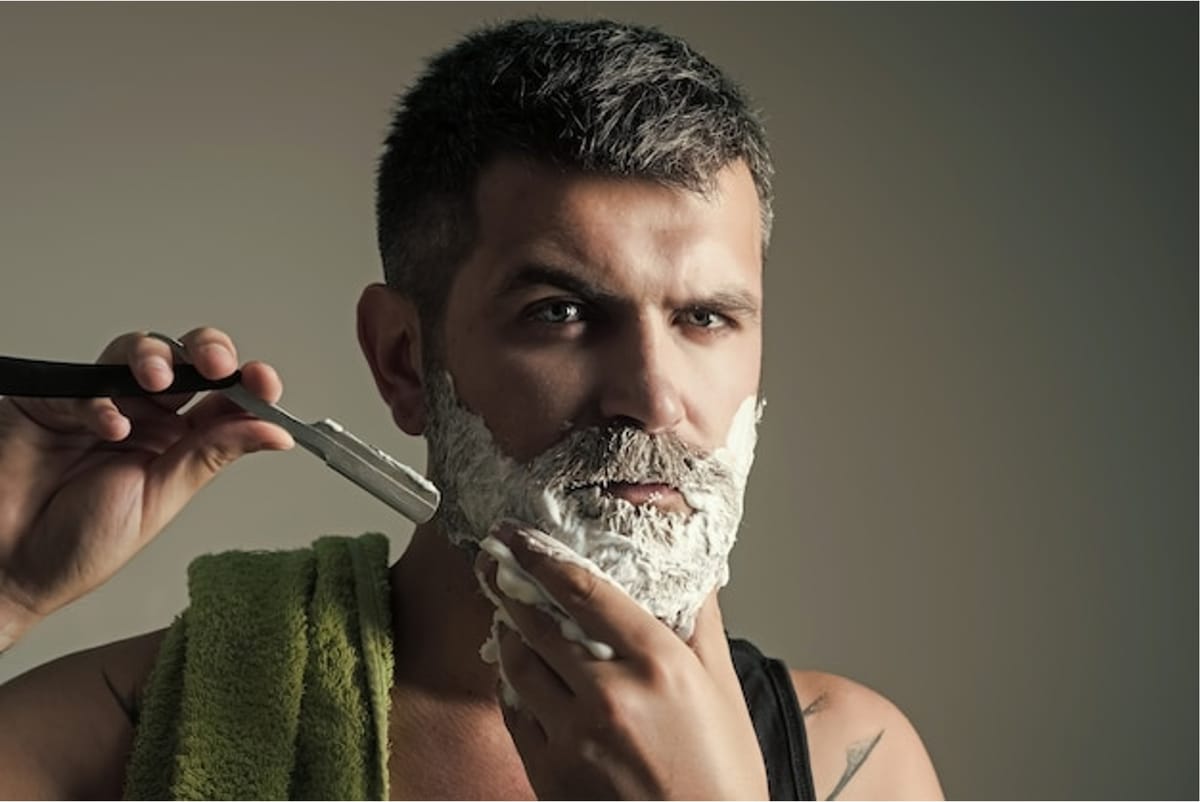
What is a Straight Razor & Key Features
A straight razor (sometimes called a “cut‑throat” razor) is a single, exposed blade that folds into its handle. Unlike cartridge or safety razors, the blade’s edge is fully exposed; you control angle, pressure, and each stroke.
Here are the key features to consider, and what they bring to the table:
| Feature | Why It Matters | Trade‑offs / Things to Know |
|---|---|---|
| Blade type & steel (carbon vs stainless) | Carbon steel takes a very sharp edge; often easier to hone. Stainless rusts less, is lower maintenance. | Carbon steel needs drying well, oil between uses, more care to avoid rust. Stainless might require more frequent sharpening to maintain peak sharpness. |
| Blade width (“fractions” like 5/8", 6/8", 7/8", etc.) | Wider blades cover more area in a stroke (good for larger beards), and often feel more robust. Narrower blades are easier to maneuver in tight curves (jawline, under nose). | Very wide blades are heavier, harder to control in tight areas. Also cost and storage might go up. |
| Grind (full hollow, half hollow, wedge, etc.) | Grind affects how thin the blade is behind the edge; hollows allow the blade to “give” and glide more easily; wedges are sturdier, more forgiving but less “feel.” | Hollow ground blades sharpen very sharp but are more delicate. Wedges are good for tougher hair but less forgiving in technique. |
| Point style (round, square, Spanish, French, etc.) | The toe of the blade: a round point is safer, good for beginners; square or “Spanish” points are more aggressive / precise, especially in corners. | More pointed tips are more likely to nick if you slip; technique matters more. |
| Handle / scales material & ergonomics | How it feels in your hand matters, especially when wet. Materials (wood, resin, bone, metal) affect balance, aesthetics, grip. | Handles can swell, crack, or become slippery unless well‑made. Also budget vs premium materials differ widely. |
| Maintenance tools required | You’ll need a strop (usually leather), a hone or sharpening stone, sometimes intermediate blades or touch‑ups. Proper maintenance keeps the edge sharp, safe. | Time and skill investment. Mistakes (poor honing) can ruin geometry or make blade dangerous/ineffective. Also initial cost can be high. |
Benefits of Using a Straight Razor
Why many men who care about grooming shift to straight razors:
- Extremely close, clean shave
A properly honed straight razor can cut hair very close to the skin with fewer passes, which means less irritation, with fewer ingrowns. - Precision & control
You control angle, pressure & direction more directly. This helps especially when shaping sideburns, moustaches, lines under the jaw. - Eco‑friendly & cost efficient over time
Once you own a good razor, the ongoing cost is mainly maintenance (stropping + honing) rather than buying cartridges or throw‑away heads. Less plastic waste. - Ritual & satisfaction
Many users describe the straight razor shave as slower, more mindful. It becomes a ritual rather than a chore. - Durability & heirloom quality
A high‑quality straight razor, properly maintained, can last decades — often passed down through generations.
Who Should Use a Straight Razor
They’re not for everybody; there’s a learning curve, initial investment, and ongoing care. Here are some profiles for people who’ll likely benefit most.
Wet shaving hobbyists and enthusiasts enjoy the precision and ritual of a straight razor. They appreciate the craftsmanship, technique and feeling of control.
Men with coarse, thick facial hair who desire a really close shave can remove more bulk and stubble with one sharp pass of a straight razor, as opposed to multiple cartridge blades.
You tree-huggers interested in reducing disposable waste, no to mention recurring costs involved with super expensive cartridges.
Finally, men who don't mind investing time & learning are ideal for straight razors, as there's certainly a learning curve learning the best angle, pressure, stropping and honing.
Caveats / Challenges:
- Beginners often nick themselves; all you need is just a little patience!
- Maintenance equipment (strop, hone) must be bought, and you’ll need to learn how to use them.
- Travel with a straight razor can be problematic (airport rules, safety considerations).
- If you shave every day and are in a hurry, the time investment might be higher than a quick cartridge or safety razor.
Top Selling / Highly Regarded Straight Razors
Here are good/better/best options for you:
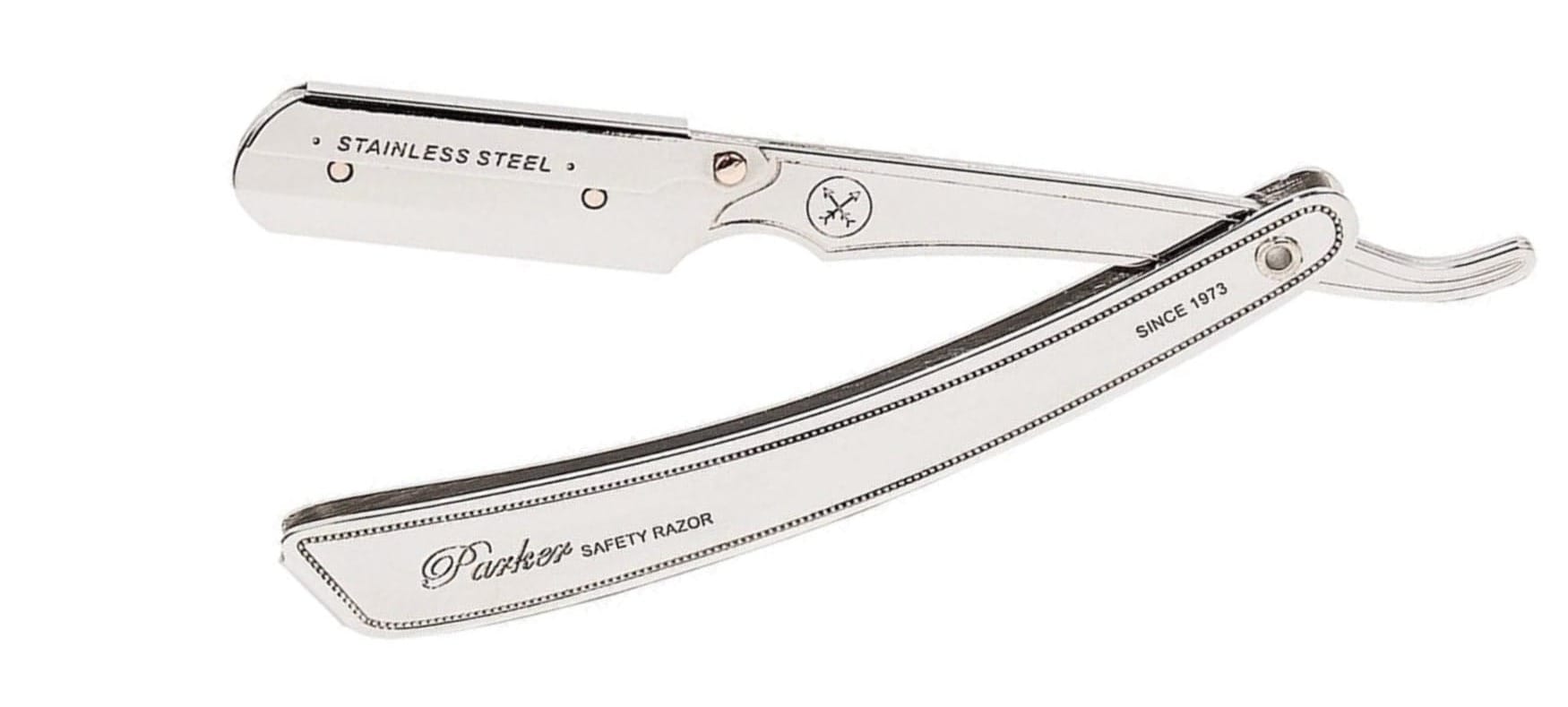
Parker SRX Stainless Steel Safety Straight Razorette: $28.99
SRX model features a heavyweight stainless steel blade arm, coupled with a stainless steel handle, eschewing lower-quality aluminum components. Users often praise the SRX for its ability to emulate the feel and performance of a straight razor without the need for honing or sharpening. Simply select your preferred double edge blade, snap it in half, and insert it into the razor for a hassle-free shaving experience. Additionally, for added convenience, pre-cut blades from various brands are also available for purchase

Feather Artist Club Stainless Steel Japanese Razor, Black Handle: $104.99
The ultimate "replaceable blade" shaving razor that is made with the strictest pursuit of comfortable razor shaving. Long-lasting, straight razor replacement blades are revolutionizing the straight razor industry, because they never need to be honed or stropped like traditional straight razors. In addition to ease of use, the precision & finish of these fine blades is impossible to duplicate with a traditional straight razor.
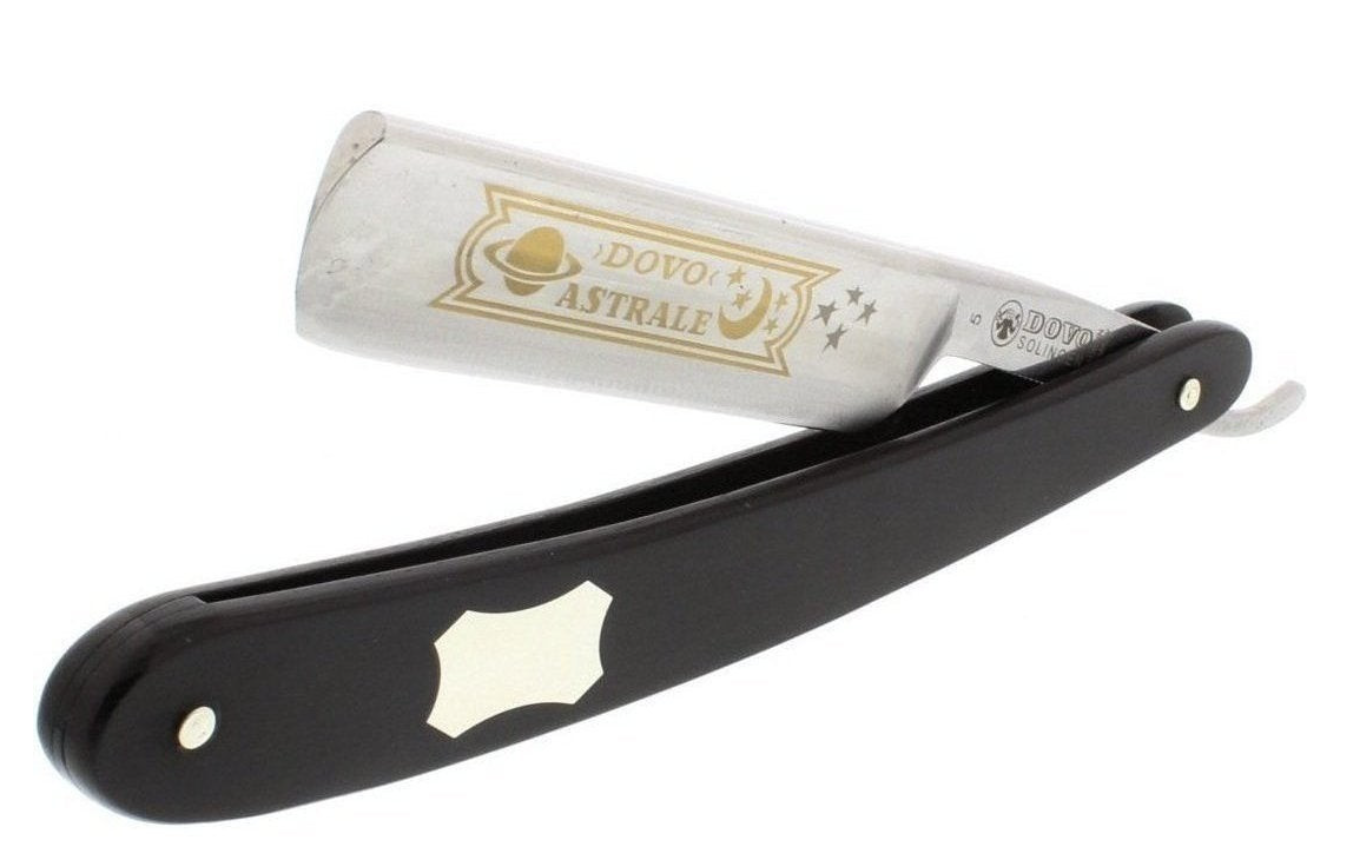
Dovo 5/8" Astrale Ebony Straight Razor: $246.99
Dovo is synonymous with meticulous craftsmanship, precision, and expertise. With roots in Solingen, Germany, known for its cutlery heritage, Dovo boasts over a century of experience in crafting sharp, handcrafted blades. Among their top offerings is the Dovo "Astrale" Ebony 5/8" Straight Razor, a bestseller renowned for its quality and performance. Crafted from high carbon steel, this razor features a half-hollow grind and a 5/8" blade size, ideal for general beard growth removal. The 24k gold etching on the blade adds to its allure, enhancing the mystique of straight edge shaving.
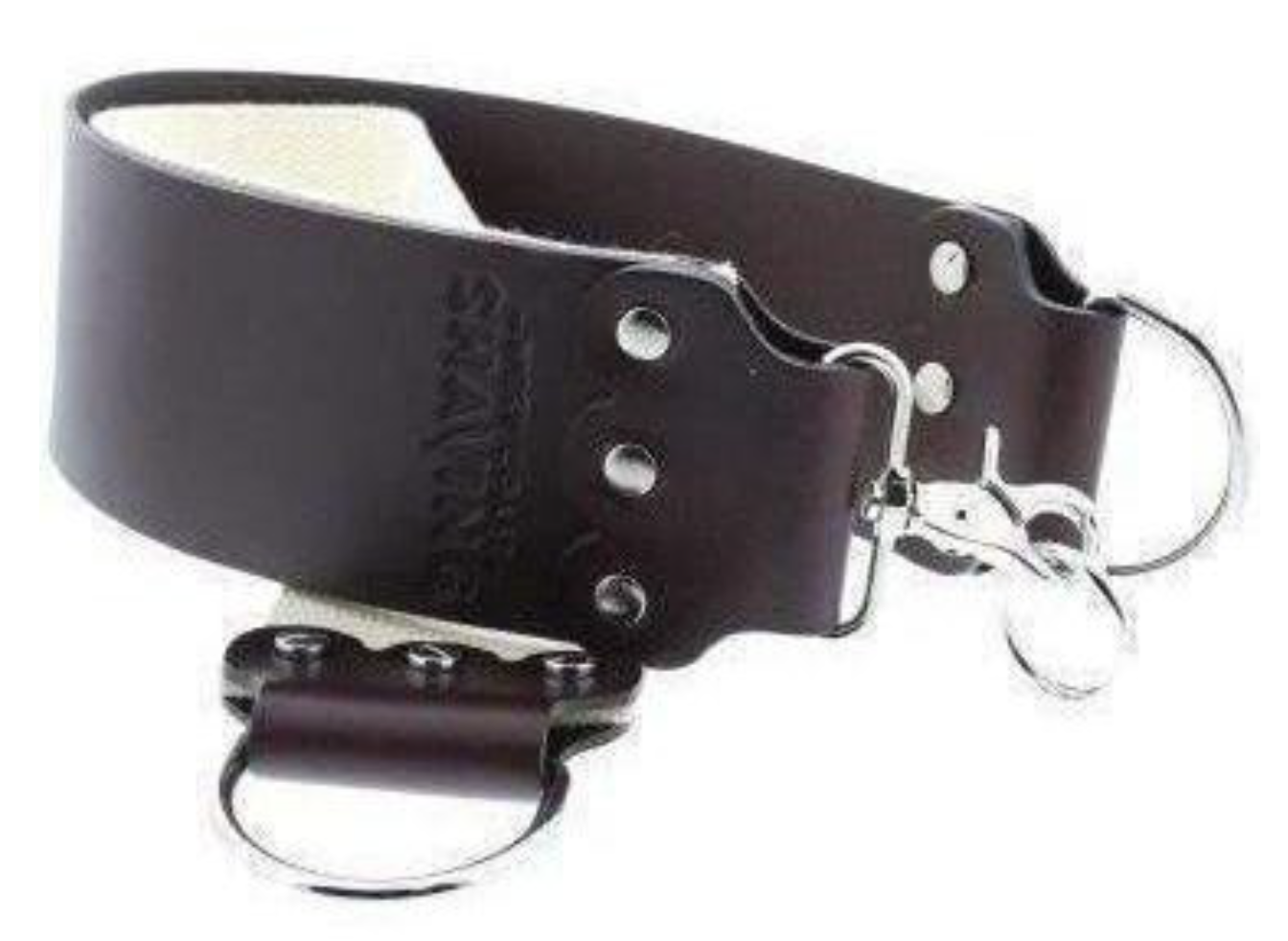
WCS 3" Hanging Strop, Leather and Linen, Brown: $81
Don't forget the strop! Looking to keep your newly purchased straight edge razor in peak form? Then you need to invest in a strop. This strip of leather is important for lengthening the life of your blade. Stropping helps to remove the microscopic nicks and burrs and aligns the edge to keep you shaving better longer! Together with a prep material, you will have a clean, sharp edge every time you ply the razor. Try out our WCS 3" Hanging Strop, Leather and Linen, Brown.
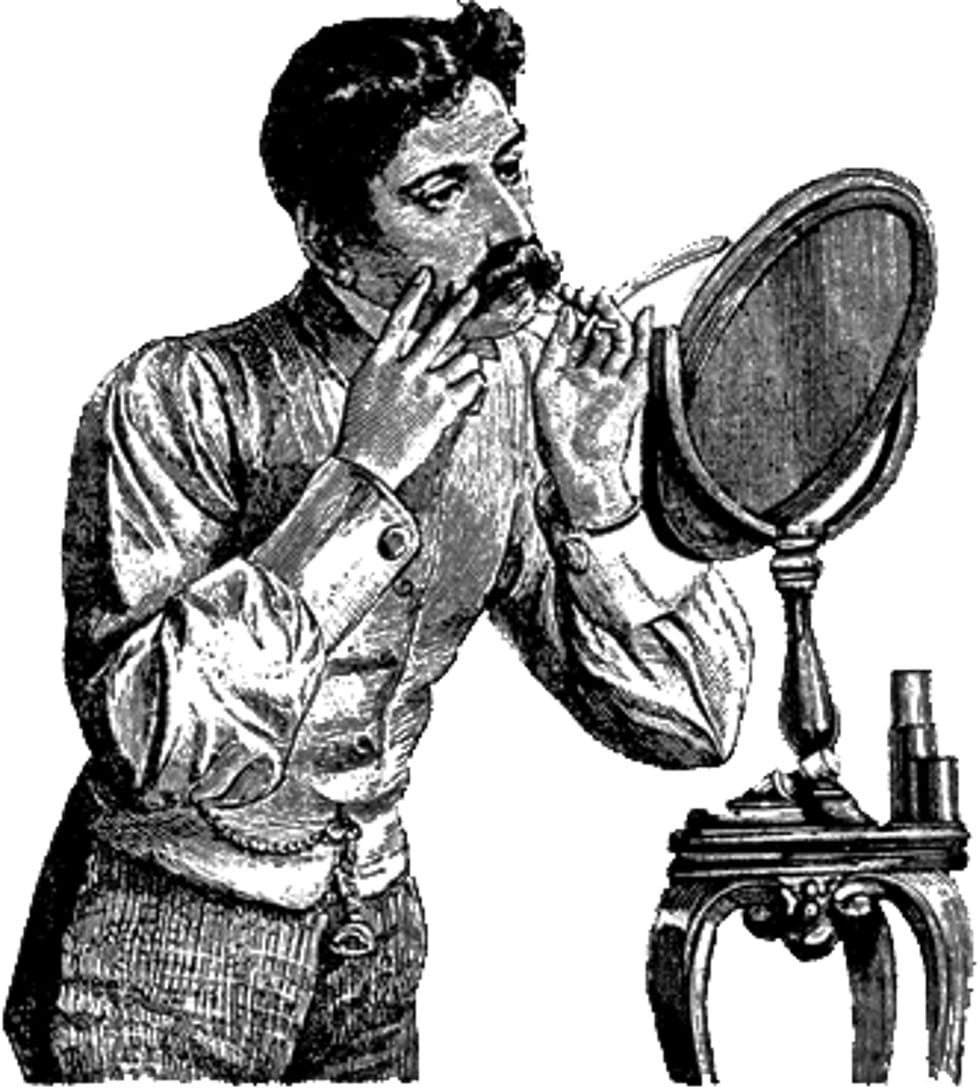
Switching to straight razor shaving means changing not just the tool, but the whole flow of your shave. Here’s how to make it work smoothly.
- Start slow — practice before doing a full face shave
Maybe first practice on a patch (jawline or neck) to get used to angle, pressure. Don’t rush. A 30‑minute shave first few times is normal. - Timing matters
Warm water prep is essential: wash your face, use warm towels, hot shower. Softens hair. Use pre‑shave oil if you use it. - Use proper shaving soap/cream and a good brush
This builds a thick, stable lather that cushions the blade, hydrates skin, helps blade glide. - Blade angle & light touch
Ideally around 20‑30 degrees for most blades. Let the weight of the blade do the work; you only need minimal pressure. If you press hard, you risk cuts and irritation. - Strop before each shave; hone periodically
- Stropping keeps the edge aligned and polished; usually leather strop. Do before each shave.
- Honing (on a stone) refreshes the actual edge; frequency depends on how often you shave and the steel quality — maybe every few months.
- Keep tools clean, dry, well‑stored. Prevent rust, damage.
- Shave with the grain first, then across or slight against if needed
Making multiple passes (grain → across → light opposing) gives smooth finish, helps avoid too much irritation. - Post‑shave care
Rinse with cold water or splash to close pores. Use a soothing aftershave balm (non‑alcohol or low alcohol if sensitive). Moisturize. If any micro nicks, treat gently. - Time & frequency adjustments
Because a straight razor shave may take longer, maybe you don’t do it every day. Consider doing straight razor on certain days (e.g. every other day or every second shave) and simpler methods on others. - Keep safety in mind
Use good lighting, steady hand support, dry grip handles. Don’t rush. Keep the blade clean and sharp (a dull blade is more dangerous). - Maintain & store properly
Dry thoroughly. Oil blade (especially carbon steel) lightly after drying. Keep it in a dry spot — avoid humidity. Store closed or in protective case.
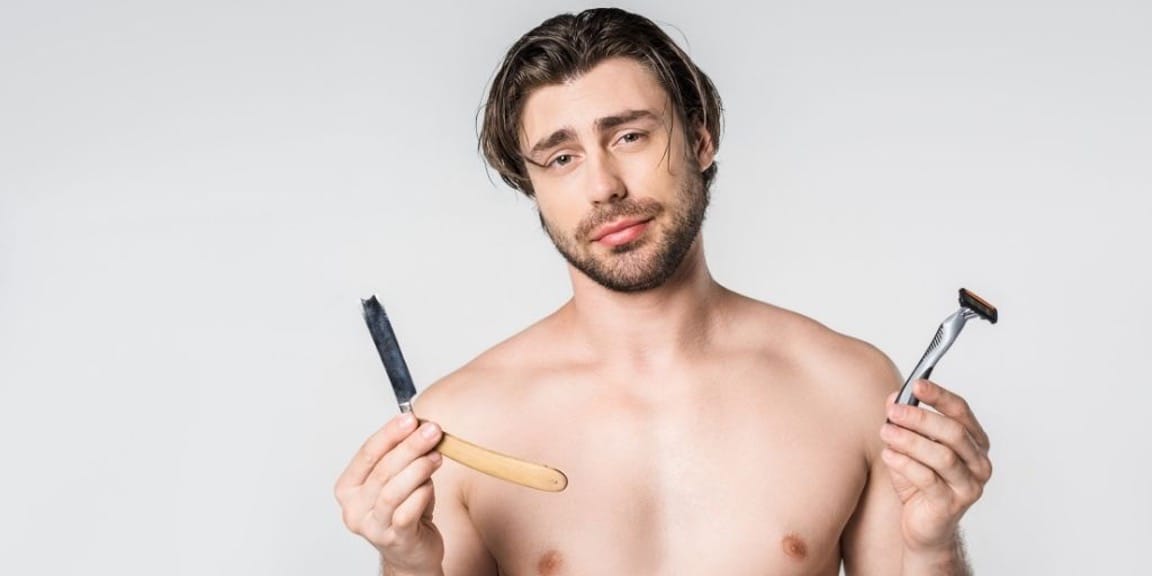
Final Thoughts
A straight razor can elevate your shaving from just “getting rid of stubble” to a ritual — giving a very close, clean shave, style flexibility, and long‑term savings. But it’s not a casual upgrade: it requires skill, care, and patience.
If I were giving advice: if you’re curious, try one of the moderately priced “ready‑to‑shave” straight razors + strop kit first. Give yourself a few weeks to build confidence. As your skill improves, you’ll appreciate better steel, more precise points, nicer handles, etc.
